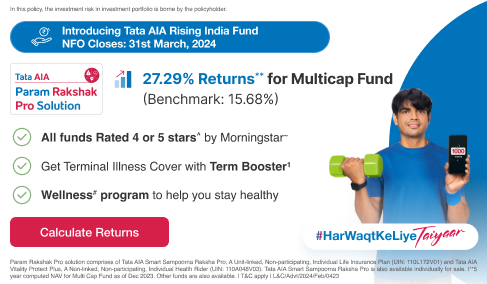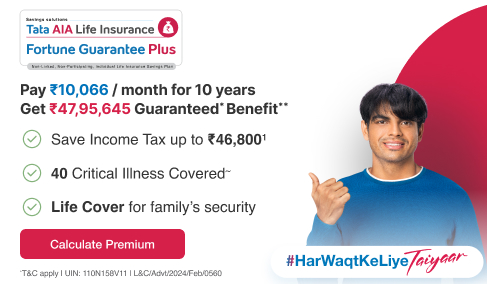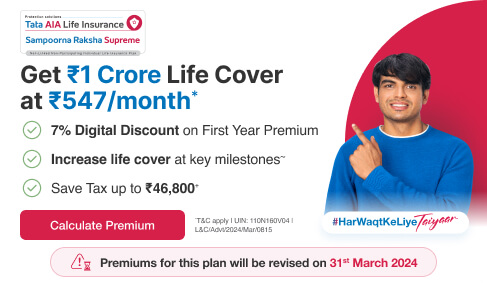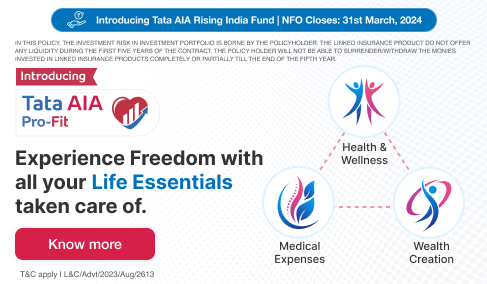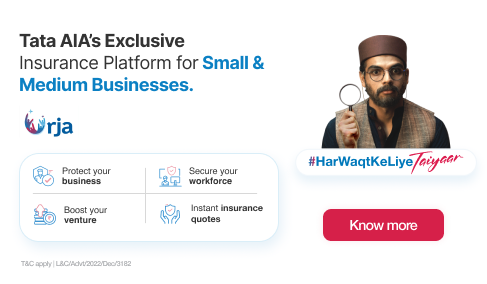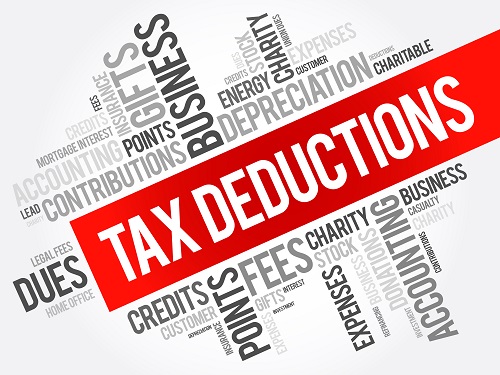What is the Best Salary Structure That Can Help You Save on Income Tax?
24-June-2021 |
When you start your career and receive the salary in your first month, one of the main concerns will be your Income Tax payment. You might get surprised by the TDS structure followed by your employer!
The Government of India has introduced several tax* deductions and exemptions as part of the Income Tax Act, 1961, to encourage individuals to make smart investments and use the salary components to minimise tax based on income. So, here is a detail about how to make a salary structure to save income tax.
Important Components Of A Salary
It is essential to know the key components that make up your salary for availing of the best benefits.
Basic Salary - It is the most prominent part of your salary, and it is fully taxable.
Dearness Allowance - It is a fraction of the basic salary provided to government employees predominantly and is completely taxable.
Allowances - Employers provide special financial benefits to assist you with various personal and other expenses. It is over and above the basic salary.
House Rent Allowance - If you are staying in rented accommodation, then the minimum of the following is tax-exempt:
Actual HRA amount received
50% or 40% of basic salary based on the metro or non-metro cities
Total annual rent paid - 10% of salary.
Leave Travel Allowance - Provided as financial assistance for your travel on vacation with or without family. It is based on certain conditions and applies to the travel fare by air, rail, etc. You can avail of it two times in a block of four years. The amount exempt is a minimum of
Actual LTA received
Travel expenses on the conditions mentioned.
Medical reimbursement - It refers to the medical expenses incurred for the employee or his family, and the exemption is lower of the two:
₹ 15,000
The actual amount spent for medical treatment
Conveyance allowance - An employee can get a tax exemption of ₹ 1,600 per month.
Provident Fund - The employer's contribution to a recognised provident fund is tax-exempt for up to 12% of the basic salary. The employee can also invest in the same, and it qualifies for tax deduction under Section 80C.
Retirement Benefits - Employers can contribute to the National Pension Scheme(Section 80CCD(2)), and the contribution of up to 10% of basic salary plus dearness allowance is tax-deductible. Employers can also contribute towards a Superannuation Fund, which is eligible for tax deduction up to ₹ 1,50,000.
Employees can contribute towards the NPS(Section 80CCD(1)) and get a tax benefit up to ₹1,50,000. Also, any other additional contribution done in this regard can qualify for a deduction of ₹50,000(Section 80CCD(1B)) over and above Section 80CCD(1). And, the employee contribution to the Superannuation Fund qualifies for tax deduction under Section 80C.
Tax Deductions Under Section 80C
It is one of the most common tax provisions that you can utilise for tax benefit. You can invest in various financial products such as life insurance, Equity Linked Savings Scheme, National Saving Certificate, Public Provident Fund, Sukanya Samridhi Yojana, principal amount paid towards housing loan, etc., to avail of the deduction.
It is important to note that the premium amount paid towards any life insurance plan, such as the comprehensive savings plan, also qualifies for such a tax* deduction. Therefore, we at Tata AIA insurance offer a savings insurance plan that provides a life cover and guaranteed1 returns on maturity applicable for tax* deduction under Section 80C.
Let us take an example to understand how different salary components and other investments help save on the tax payment.
Scenario 1: Basic Income Tax Salary Structure
Consider Ms Deepika with the following salary structure with no allowances availed and investments made:
Particulars |
Amount (₹) |
Basic Salary (₹ 40,000*12) |
480000 |
Dearness Allowance (20%of Basic Salary) |
96000 |
Gross Total Income |
576000 |
Less Standard Deduction |
50000 |
Net Taxable Income |
526000 |
The Income Tax Calculation based on the new regime is as follows:
Tax Slab(₹) |
Rate |
Tax(₹) |
Up to 250000 |
Nil |
Nil |
250000 - 500000 |
5% |
12,500 |
500000 - 750000 |
10% |
2,600 |
Total |
|
15,100 |
Cess |
4% |
604 |
Total Income Tax Liability |
|
15,704 |
Therefore, the total tax liability is ₹ 15,704.
Scenario 2: Salary Structure for Tax Benefit in India
Now, let us consider Ms Surekha having a different salary structure with the key components of salary utilised well:
Basic Salary(₹ 40,000*12) |
₹4,80,000 |
DA(20% of Basic Salary) |
₹96,000 |
Tax exemption on HRA
Minimum of |
HRA received |
₹ 35000 |
50% of Salary |
₹ 288000 |
|
Rent paid(91600) - 10%of Salary |
₹ 34000 |
Therefore, the amount to be added to the total income is ₹ 1000 (35000-34000)
Tax exemption on LTA
Minimum of |
LTA received |
₹30000 |
Actual amount spent |
₹28000 |
Therefore, the amount to be added to total income is ₹ 2000(30000-28000)
Tax exemption on Medical Reimbursement
Minimum of |
Amount received |
₹22000 |
15000 |
₹15000 |
|
Actual amount spent |
₹35000 |
Therefore, the amount to be added to total income is ₹ 7000(22000-15000)
Tax exemption on Provident Fund
Contribution by the employer to a recognized Provident Fund |
₹70,000 |
Exemption(12% of Salary) |
₹69,120 |
Therefore, the amount to be added to the total income is ₹880(70000-69120)
Now, let us calculate the Net Taxable Income based on the above-furnished information, the contribution of the employer and employee towards NPS and the deduction under Section 80C:
Particulars |
Amount (₹) |
Basic Salary(₹ 40,000*12) |
480000 |
Dearness Allowance (20%) |
96000 |
Total |
576000 |
HRA |
1,000 |
LTA |
2000 |
Medical reimbursement |
7000 |
Contribution done by employer to PF |
880 |
Contribution by employer to NPS |
58000 |
Contribution by employee to NPS |
58000 |
Professional Tax |
2000 |
Gross Total Income |
704880 |
Less Standard Deduction |
50000 |
Less Professional Tax |
2000 |
Gross Taxable Income |
652880 |
Deduction under Section 80C |
|
Contribution of Employer to NPS |
57600 |
Contribution of Employee to NPS |
57600 |
Life Insurance Premium |
34000 |
Net Taxable Income |
503680 |
Income Tax Calculation based on the Old Tax Regime as deductions and exemptions are not allowed as per the New Regime for FY 2020-21:
Tax Slab(₹) |
Rate |
Tax(₹) |
Up to 250000 |
Nil |
Nil |
250000 - 500000 |
5% |
12,500 |
500000 - 750000 |
20% |
736 |
Total |
|
13236 |
Cess |
4% |
529 |
Total Income Tax Liability |
|
13765 |
The Income Tax liability has decreased by ₹1,939.
Conclusion
Paying income tax is a moral obligation. However, as permitted and advised by the government, you can work on the best salary structure to save tax while making investments for a secure financial future.
L&C/Advt/2022/Feb/0237


 FOR EXISTING POLICY
FOR EXISTING POLICY
 FOR NEW POLICY
FOR NEW POLICY

